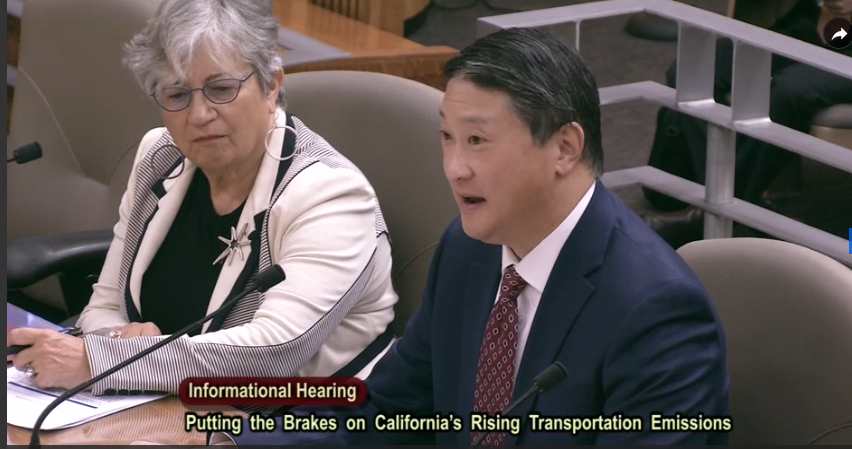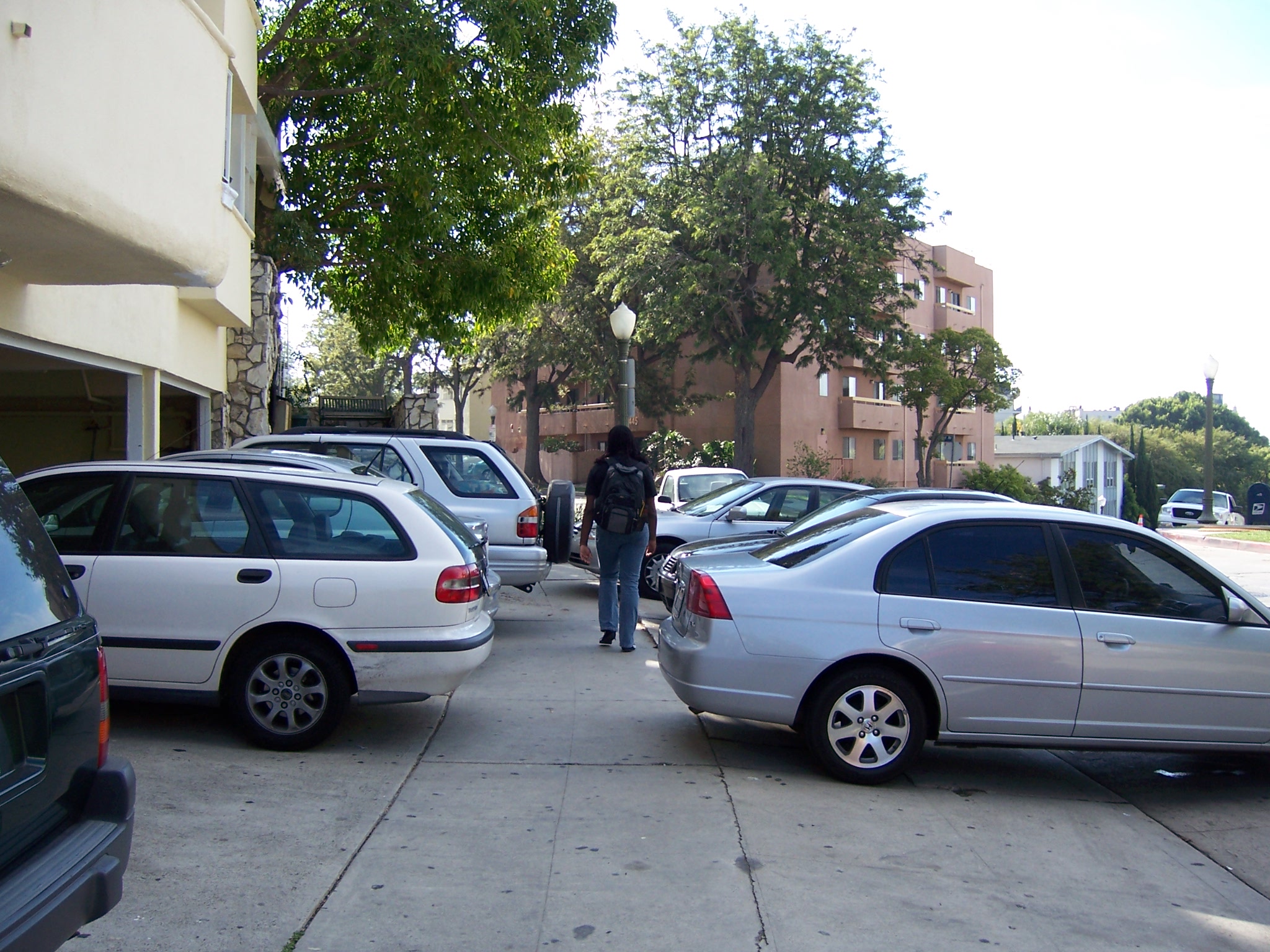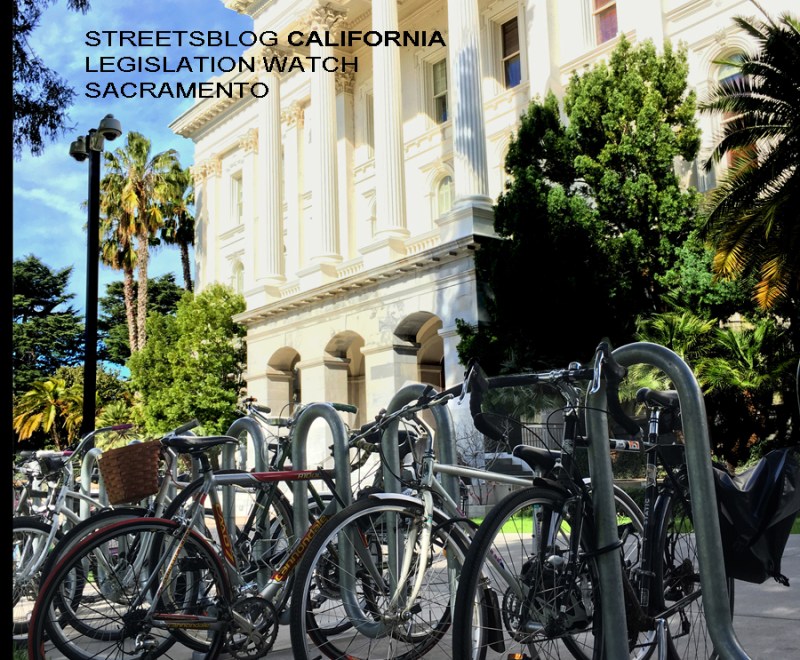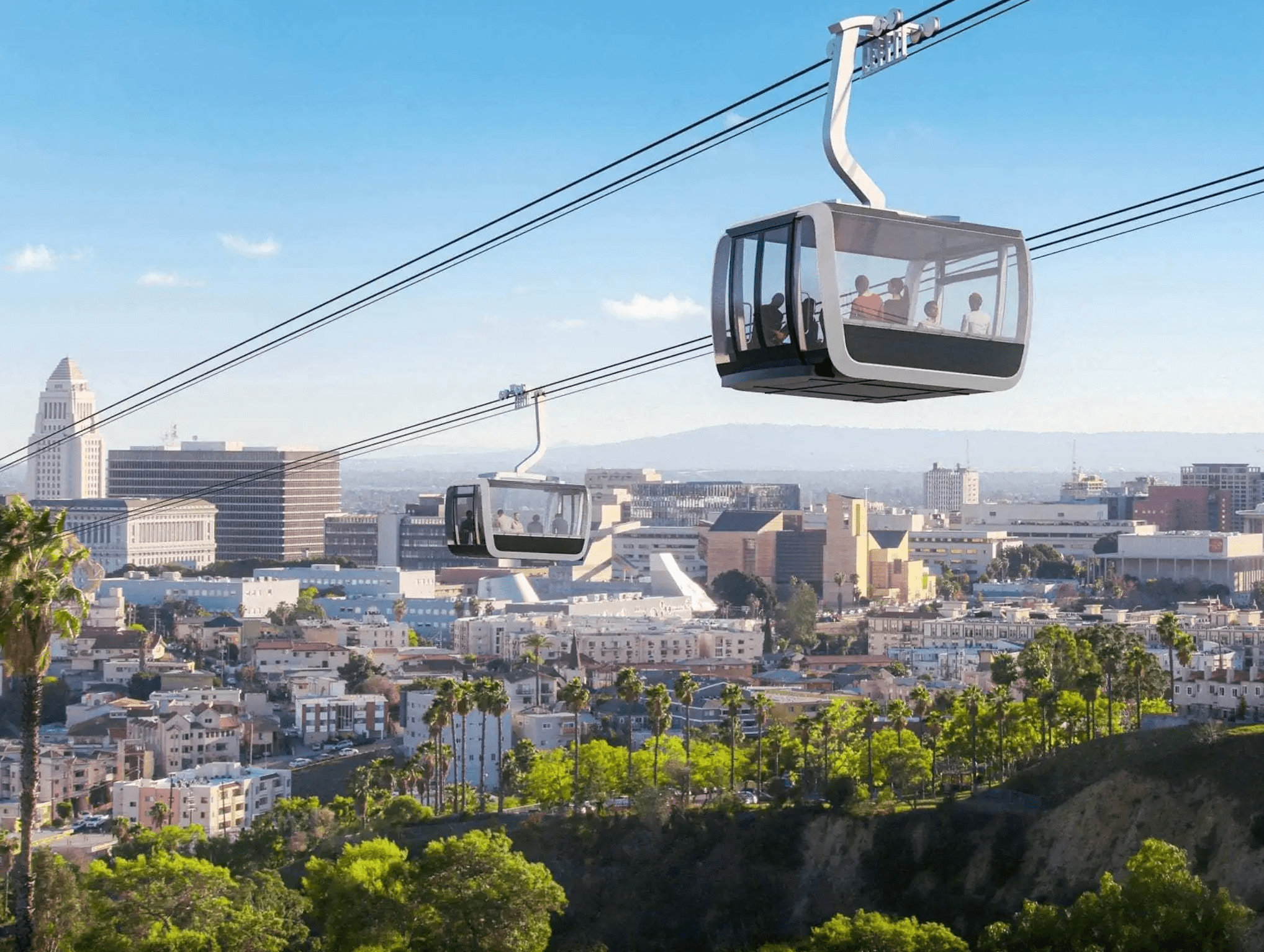Note: GJEL Accident Attorneys regularly sponsors coverage on Streetsblog San Francisco and Streetsblog California. Unless noted in the story, GJEL Accident Attorneys is not consulted for the content or editorial direction of the sponsored content.
Two California Senate committees, Transportation and Environmental Quality, held a hearing yesterday to talk about "Putting the Brakes on California's Rising Transportation Emissions." Despite there being a lot of members on these two committees, the hearing was lightly attended. Maybe the senators had been busy with elections in their districts on the previous day, but there were other indications of reluctance to take on the complex issues discussed at the hearing.
Politics and Urgency
Senator Brian Dahle (R-Redding), who did show up, pointed out a piece of the problem when he mentioned the difference between being an elected official and an appointee. "Using the term 'revolution' and talking about 'pushing people' is dangerous for people who are up for election," he told Air Resources Board Chair Mary Nichols after her comments that a lot of change is needed quickly. "We have to bring the public along."
At what point do people catch on to the urgency? The ongoing climate crisis, the costs of which California is already paying in terms of rising sea level, wide swings between too much rain and too little, and worsening catastrophic fires, is already doing considerable damage, and likely to increase over time. California has been grappling with the need to lower greenhouse gas emissions for years but, at least in terms of transportation, has made little progress.
That's in part because until recently few leaders have been willing to say that Californians need to cut down on driving. And still they seem reluctant to embrace the policies needed to make that happen.
That's not to say reducing VMT--or Vehicle Miles Traveled--was not mentioned at the hearing. Environmental Quality Committee Chair Ben Allen (D-Santa Monica), California State Transportation Agency Secretary David Kim, Air Resources Board Chair Mary Nichols, and even Senator Dahle, despite his misgivings about electability, all noted it is one of the key things California needs to tackle.
But Transportation Committee Chair Jim Beall (D-Campbell) made remarks that showed there is still a lot of work to do to educate people. "VMT," he said. "I don't like that."
"VMT is one way to look at it," he said. "But we should also look at congestion, at how much time it takes to get somewhere. If a car is car running longer, [it stands to reason that it] would be polluting more, and also: how much gas it uses...I would even argue that electric cars pollute because more people are stuck in congestion," he said.
Electrify Everything, but Reduce VMT too
Secretary Kim and Chair Nichols spoke of the many, multi-pronged efforts being undertaken by the state to tackle transportation emissions, the main one being electrifying everything as quickly as possible.
"Electrification has been key to state thinking and regulatory activities in this area," said Nichols. Although the state has goals to require that all new vehicles sold in the state be electric by 2045, "we need to have all passenger vehicles on the road be zero-emission vehicles by 2045," she said. "And we're obviously a very long way from that goal right now."
The only way to get there is to reduce driving. "We need to reduce VMT per capita," Nichols said. "We can talk about whether we need revolution versus incremental change, but either way it's fair to say we are looking at something that amounts to a revolution," she said. "Hopefully it would be done in a painless way, and we can generate funding to soften the blow for those who would be excessively burdened," she added. But no matter what, we "will have to tackle these issues."
Secretary Kim also highlighted electrification as a partial solution. "Promoting greater use of EVs is clearly a key strategy," he said. "But also: reducing VMT and encouraging mode shift. We need to have safe, accessible, affordable, reliable, and frequent ways of traveling. The more people walk, bike, and use shared mobility including transit the better it will be for everyone."
UC Davis Professor Susan Handy's research focuses on VMT. "The state has made substantial progress on reducing emissions . . . but won't meet emission goals without reducing travel by as much as fifteen percent," she told the committee. "This is a tall order--about 10,000 miles per person per year."
The trends, however, are going in the wrong direction, with driving going up and transit use declining, and little shift in biking and walking modes.
But it's not impossible. Handy sees two necessary steps that need to be taken simultaneously.
"First: Make it possible to drive less, at both the local and regional level," she said. "We need land use patterns that bring destinations closer, making walking and biking viable. We need to improve the walk-bike experience, which will help transit. Bike- and scooter-share need to be better integrated into the current streetscape. At the regional level, we need major investments in rail and bus to improve service. We need to plan land use to enhance transit, locating housing and jobs and key destinations near rail. We need to build affordable housing in job rich areas."
"If we do these things, we can do things without driving so much," she said. "And we get important equity benefits in terms of assuring adequate accessibility for all." There has already been progress on these issues, she said, "but we clearly have a long way to go."
The second step is that the state has to encourage people to drive less, and not just by giving them an alternative. There is the "carrot" approach, via incentives and social marketing campaigns, but these are not likely to be enough.
"It's pretty clear we will also need to wield a stick," said Professor Handy. That means making driving less attractive by making it more expensive--"pricing parking, cordon pricing, it all needs to be on the table"--as well as less convenient. One place to start would be replacing parking minimums with parking maximums--that is, instead of requiring the provision of free parking everywhere, capping the number of parking spots that encourage people to drive by giving them a free place to store their car. Another strategy is closing streets to private vehicles, as San Francisco recently did on Market Street.
Handy also pointed out that "congestion itself is a deterrent to driving. Clogged roads is an incentive for people to get out of cars." This is especially true if transit is not stuck in that traffic.
But both, or all, of these options need to be pursued at the same time, she said. "If we push people to drive less without alternatives, it just creates pain. But just providing choices would waste time and effort," she said.
Many of Handy's recommendations are being considered or implemented somewhere in California, but not on a large scale and not quickly. Secretary Kim said that CalSTA is focusing on what it can do to at the state level to help increase transit ridership, expand bike and walk infrastructure, and promote "the right kind of development to help people reduce driving" by "making sure transportation can support affordable infill housing."
CalSTA is also, he said, "focusing on transportation demand management over highway expansions."
That the top transportation agency in a state known for its car-loving ways recognizes the need to change how people get around is great news. The hard part will be getting ideas into action, and overcoming resistance from constituents who don't yet understand the enormity of the changes needed.
The assumption has been that cleaning up fuels and electrifying vehicles will reduce emissions, but that hasn't happened. More electric vehicles will help, but time is running out. Californians need to reduce driving now, which means they need good alternatives, good information, and a good push to make them do it.
But it's less likely to happen if leaders don't show up at hearings like this, or share what they learn at them. More education needed.





